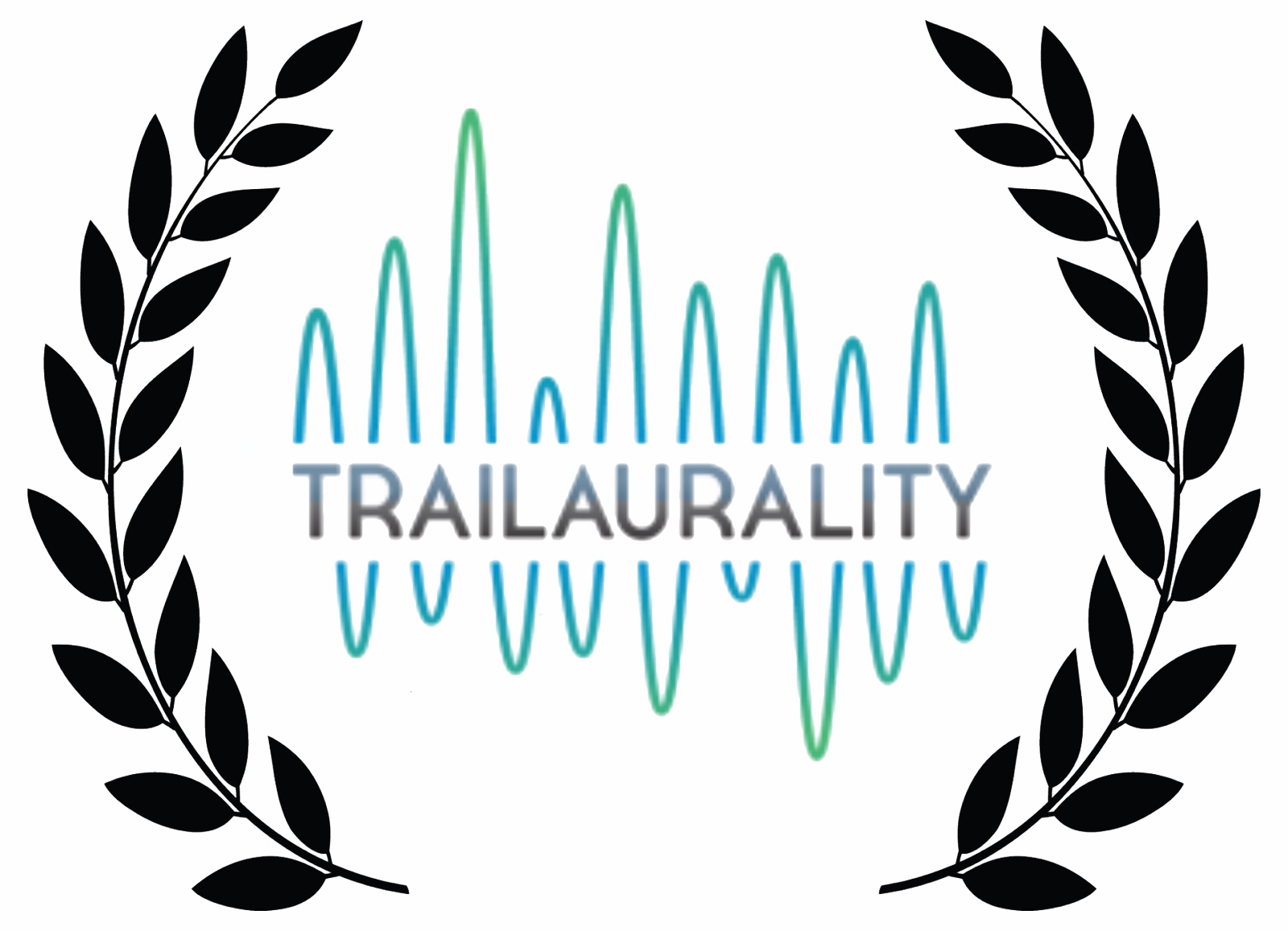This week on the blog, we’re doing something a bit different. As we look back on a year full of trailers from thrilling to sombre and everywhere in between, we at Trailaurality wanted to tip the proverbial hat towards a variety of trailer soundtracks that we thought stood out among the rest in particular ways.
Best Throwback: Cuphead
It’s no accident that Cuphead has been received warmly upon release, having been hotly anticipated in the years up to its release. By way of a near-annual pace of trailers, indie developer StudioMDHR parlayed its labour of love (and, eventually, well-deserved profit) by pairing its artfully rendered faux-thirties cartoon style with quintessentially matched music by Toronto composer Kristofer Maddigan.
Read our full writeup on Cuphead here.
Listen to the Cuphead soundtrack on Spotify.
Best Use of Franchise Music: Star Wars: The Last Jedi
While most trailers use music that ultimately has little to do with the movie to come out, once in a while there are franchises for which there is music that can and indeed ought to be used for a coming sequel. As such, this award is almost unfairly favoured towards the storied franchise that is Star Wars. Propelled by the massively successful sequel/reboot The Force Awakens by J. J. Abrams in 2015, and bolstered by last year’s Rogue One, this year’s entry fared no worse for wear; Disney may yet be right to expect to be able to crank out sequels and side stories for the next eight or so years, much in the vein of its handling of the Marvel Cinematic Universe. Production company Pusher Music handles the audio in Disney’s first official trailer for the film with aplomb, judiciously balancing the Wagnerian thematic material that musically interlinks Luke, Rey, and Kylo. The force is with this one.
Read our full writeup on The Last Jedi here.
Best Epic Music: The Legend of Zelda: Breath of the Wild
Nintendo had a phenomenal year: sales of its new Switch console have, in ten months, already exceeded the five-year sales of its preceding console, the relative flop that was the Wii U. Heading the charge was this trailer, released after an online company presentation on January 12th, 2017. A nearly four-minute affair, the martial percussion and sweeping strings – not to mention a deft allusion to the thirty-year-old theme (inspired in part by Ravel’s Bolero) in its closing moments – stand toe-to-toe with any piece of epic music one could think of. While video games will by their nature never surpass the narrative cohesion and depth of cinema, this trailer betrays that expectation, thanks in large part to its bespoke soundtrack.
Read our full writeup on The Legend of Zelda: Breath of the Wild here.
Best Use of Contemporary Pop: Spiderman: Homecoming
After a steady decline in critical acclaim for Sony’s Spiderman film franchise, bottoming out with the lacklustre Amazing Spiderman 2, it was time for a very different approach in 2017, with Homecoming putting on offer a stylistic approach much more in tune with the broader Marvel Cinematic Universe. By infusing the third trailer for Spiderman: Homecoming with fairly contemporary Billboard pop songs like Hoodie Allen’s 2014 hit “Act My Age,” that fresh look and feel that Spiderman so sorely needed was delivered in spades. No other trailer this year has leveraged contemporary pop so viscerally well.
Read our full writeup on Spiderman: Homecoming here.
Best Use of Nostalgia: Stranger Things Season Two
Not only was Vincent Price’s inimitable dialogue cleverly repurposed for Stranger Things’ 2017 outing, but we also hear the late Michael Jackson arise again – as if, one could say, from the grave – to thrill us once more with the 1982 hit Thriller. As an unabashed nostalgia play more broadly speaking, it was an impeccable creative decision to pair the borderline-whimsical, 1980s paperback horror world of Stranger Things with perhaps the most emblematic song carrying the very same aesthetic.
Read our full writeup on Stranger Things Season Two here.
Best Use of an Artist Cover: Logan
In the first official trailer for Logan, Johnny Cash’s famous cover of Nine Inch Nails’ Hurt is absolutely front and center, playing through the entire 1:47 span of the video uninterrupted. The dialogue between Professor X and Wolverine is secondary to the expertly cut and abbreviated track, which allows for one full verse and chorus, plus a brief coda. The intertextual associations are obvious: as Cash performed this cover near the end of his life, so too are we witnessing in Logan a chronicle of the end of Logan’s days.
Read our full writeup on Logan here.
Best Trailer-ized Cover: A Wrinkle in Time
One noticeable trend in trailer music over the past few years has been the use of the “trailer-ized” song – creatively reimagined covers that leverage many conventions of trailer music, such as epic percussion and sweeping strings, concocted as a response to the need for trailers to both reach a target demographic while also providing something fresh and interesting. This year, the teaser for A Wrinkle in Time caught our ears thanks to the sonorous voice of Keeley Bumford singing the Eurythmics’ “Sweet Dreams” atop an arrangement by composer Mark Hadley.
Read our full writeup on A Wrinkle in Time here.
Best Use of Library Music: Blade Runner 2049
Last and not least, sometimes projects are so multifaceted and dynamic in terms of personnel that musical choices can come down to the use of a library selection. The first official trailer for Blade Runner 2049 is interesting in this regard in that, while one may reasonably assume musical excerpts by Vangelis from the original Blade Runner have been repurposed here, instead a track by Cieran Birch entitled “Decay” and published by Elephant Music is used in its place. While Icelandic composer Jóhann Jóhannsson was at first tapped to compose the score for 2049, eventually Hans Zimmer replaced him, with director Denis Villeneuve citing the need for an artistic direction closer to Vangelis. Despite the creative turbulence roiling beneath the veneer, the trailer holds its own by providing a musical atmosphere satisfyingly similar to the 1980s original, without coming across as stale – again, achieving all this with a library track.
Read our full writeup on Blade Runner 2019 here.
Coming Soon…
Suffice to say, 2017 was another great year for trailer music aficionados. Whether revelling in the sounds of the past, delighting in new arrangements and variations on past works, or going full bore into uncharted musical territory, today’s trailer soundscape is rife with fine examples of persuasive art, in myriad ways fully leveraging the role that music plays in its effectiveness. Bring on 2018.
– Curtis Perry









